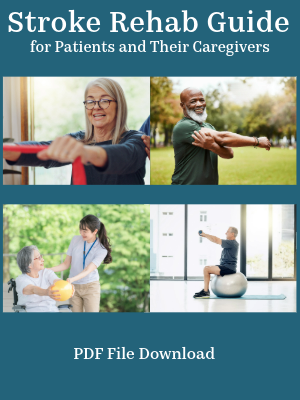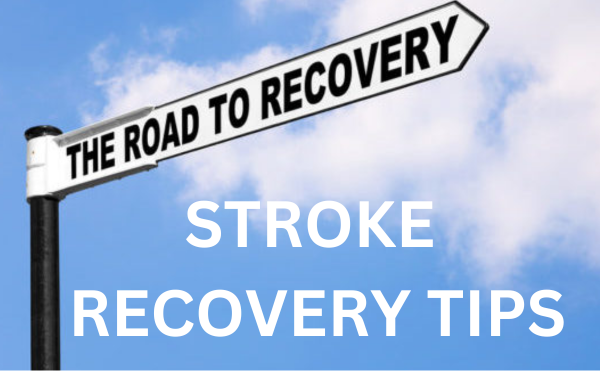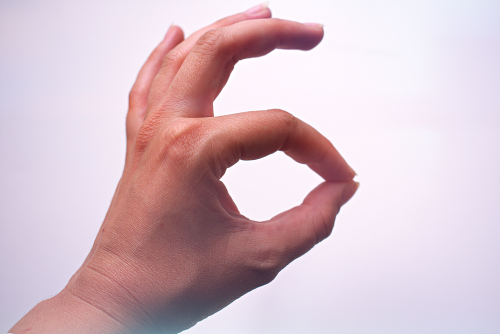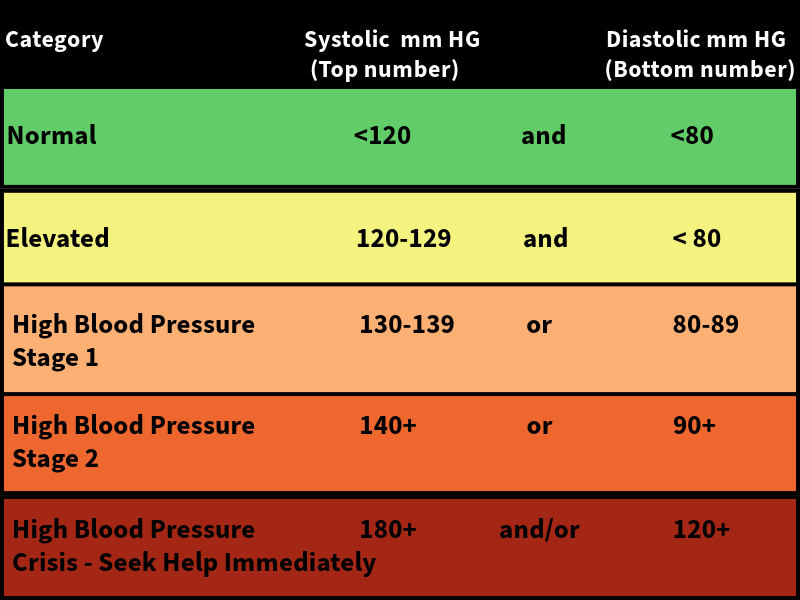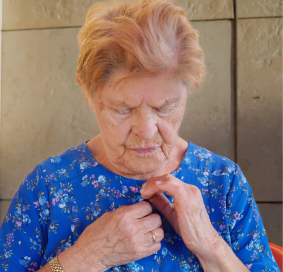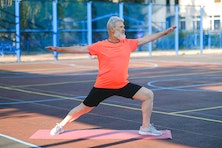Eye Exercises and Vision Training After Stroke
Medically reviewed by Karen Murray, OT, CHT, CSRS - written by Stroke-rehab.com
Eye exercises have been shown to be beneficial for stroke patients who have impaired vision following a stroke. Vision problems that occur after stroke can vary from double vision, blurry vision, hemianopsia ( visual field cut), scanning problems, focusing problems and the list goes on. The eye exercises below are often used in vision rehab.
Eye Exercises
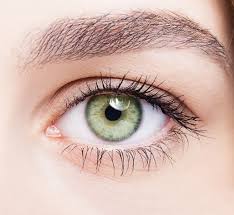
1. Hold a pencil in front of the patient's face approximately 18 inches away. Move the pencil side to side and up / down. Have the patient keep the head still and track the pencil with the eyes.
2. Hold a pencil in front of the patient’s face. Move the pencil toward the patient's nose and away having the patient watch the pencil. The eyes should turn inward as the pencil approaches the nose. If one eye does not move inward, then have the patient close the other eye and watch the pencil come in and out with the one eye only.
3. If the patient has trouble seeing to the left or right then mark passages in a book with a red vertical line on the side that the patient has decreased vision. Have the patient read the book and either look for the red line at the beginning to know where to start (if left side vision is a problem) or to watch for the red line on the right side if there is a loss of right peripheral vision.
For someone with left visual field deficit, it would look like this:
lStroke patients with left visual field deficits need a marker on the left side of the
l page to know where to start reading.
For someone with right side visual field deficit, it would look like this:
Stroke patients with right visual field deficits need a marker on the right side ofl
the page to know how far to keep reading or when a line has ended.l
4. Work on transitioning from near to far vision by looking at an object close to you and then at an object further away. Move your eyes rapidly back and forth between the two objects.
5. Work on scanning exercises and improving visual field deficits by making lines of letters and having the patient search for certain letters within the lines.
If visual field is lost, put a red line at the beginning or end of the letters so patients know how far to scan.
6. Hold a pen in the right hand and left hand. Move one hand closer to or further away from the patient and see if they can determine which pen is closest or furthest away. This will help you determine if depth perception is a problem.
7. Draw half of an object or shape and see if patient can complete the drawing of the second half.
8. Try computer games which involve visual tracking skills. One website which has some good vision games is www.eyecanlearn.com. Another good website is www.lumosity.com.
9. Find therapy centers that have special equipment such as Dynavision for vision training, play video games that involve eye tracking, or do activities like connect the dots or word finds.
10. Do find games and work puzzles.
These are just a few eye exercises designed to help improve vision after stroke. If you would like to learn specific information about eye disorders after stroke, visit our Vision Problems Due to Stroke page.
Get Our Stroke Rehab Guide

Our stroke rehab guide is designed specifically for patients and caregivers. It's in pdf format and can be immediately downloaded. It includes about
- Stroke Definition & Causes
- Stroke Treatment
- Rehabilitation Information for Physical, Occupational and Speech Therapy
- Exercise pictures
- Q&A from patients and caregivers
- Adaptive Equipment & Techniques
- How to Prevent Another Stroke & More!
Medical Disclaimer: All information on this website is for informational purposes only. This website does not provide medical advice or treatment. Always seek the advice of your physician or other healthcare provider before undertaking a new healthcare or exercise regimen. Never disregard professional medical advice or delay seeking medical treatment because of something you have read on this website. See the disclaimer page for full information.
- Home
- Eye Exercises
